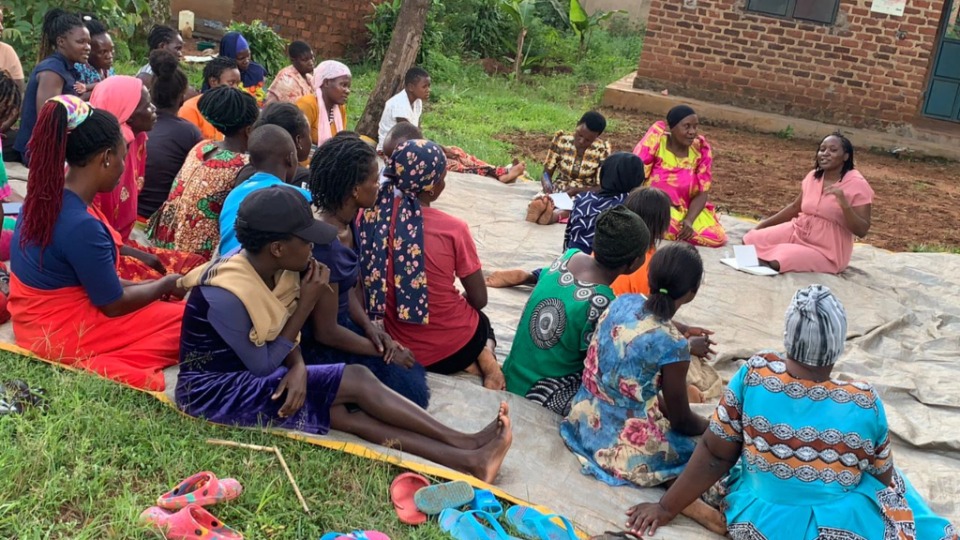How can Artificial Intelligence reduce the impact of disasters?
Theme: Artificial intelligence holds the promise of mitigating the impact of
disasters by optimizing the allocation of relief resources with greater
efficiency and effectiveness. It has the ability to expedite aid
delivery and enhance the decision-making capabilities of relief workers
in the field.
Summary
Disaster resilience efforts in the future might take on a different form compared to what we see today. For instance, when a cyclone or hurricane is approaching, advanced technologies like geo-spatial analysis, weather data, and historical disaster information could be harnessed to predict the number of people likely to be displaced and their probable destinations. This valuable insight could aid emergency responders in determining the required amount of aid, such as water, food, and medical care, and precisely where it should be dispatched.
Moreover, artificial intelligence algorithms could swiftly assess the extent of flooding, building damage, and road blockages by analyzing satellite imagery and weather predictions. As a result, rescue teams could efficiently distribute emergency assistance and identify individuals still at risk and cut off from escape routes, ensuring more effective and targeted aid delivery.
McKinsey's Noble Intelligence represents one of many initiatives aiming to leverage the power of AI in assisting humanitarian endeavors. For instance, their team is working on an algorithm to significantly decrease the time required for assessing damage to structures like schools, reducing it from weeks to mere minutes. This algorithm utilizes a combination of satellite imagery, geo-spatial data, weather data, and other relevant information. The resulting insights can then be utilized to identify optimal locations for setting up temporary school tents and prioritize reconstruction efforts in the most effective manner.

Another illustration of AI implementation involves various organizations utilizing AI techniques to analyze social media feeds in the aftermath of disasters. This form of analysis has the potential to offer crucial real-time information about the extent of infrastructure damage and the aid being provided to victims. By detecting images from shelters where people lack blankets or are waiting outdoors on the streets, this AI-driven approach can help identify urgent areas requiring immediate assistance.
Problems with Artificial Intelligence
The impact of these efforts is hindered by several challenges. Firstly, there is a limited scope, where many private-sector initiatives work with only a few government or NGO partners, focusing on specific use cases in isolation from the broader disaster-relief community. This lack of integration into established disaster relief protocols leads to fragmented efforts and may result in AI-derived insights and tools being provided to organizations unable to effectively maintain or incorporate them into their decision-making processes.
Secondly, despite the existence of abundant data, including satellite, geo-spatial, telecom, social media, and financial data, accessing this information when needed is not always possible. Additionally, datasets are seldom combined to unlock further insights, especially when combined with valuable data from experienced personnel on the ground. This on-the-ground perspective can be even more valuable than big data insights, but its systematic capture and analysis are often lacking.
Lastly, caution must be exercised in disaster situations where human lives are at stake due to AI's limitations. Claims about data analysis outcomes may not always be accurate, necessitating a rigorous review process to assess algorithm methods and assumptions. For instance, AI models designed to assess residential damage might be mistakenly used on commercial buildings, which rely on different materials, construction methods, and regulations. In an era where the ethics of AI are under scrutiny, there is a lack of agreed-upon standards for developers and users to follow.
Application
First, there is a need to enhance collaboration among existing initiatives that currently focus on specific use cases with a few partners. This collaboration should evolve into a more impact-focused network of AI-driven disaster support. It is crucial to strike a balance between developing algorithms and ensuring widespread availability and usage of these tools in the front line of disaster relief. This can be achieved through capacity building efforts. Additionally, efforts within the data science community working on similar use cases should be streamlined to avoid duplication. Establishing domain-specific partnerships or coalitions, where industry and global agencies coordinate focused development teams, could be one effective model.
Second, in the short term, it is essential to develop more basic data capture and coordination tools across different agencies on the ground, rather than solely investing in highly advanced AI. These foundational tools can serve as valuable information "fuel" for future lifesaving algorithms. Therefore, dedicating an equal amount of development effort to both foundational tools and sophisticated algorithms would be beneficial.
Finally, there is an urgent need to establish domain-specific agreements on ethical AI principles. While global agencies like the United Nations and the European Union have initiated efforts to develop principles for the beneficial use of AI in general, it might take time due to the broad scope involved. In the meantime, it would be advantageous to narrow the focus to specific domains, such as disaster response, and align stakeholders accordingly. This could involve implementing an algorithm review process to ensure that AI solutions meet specified standards before their widespread release.
Source: Ashley van Heteren,, A., Hirt, M.,, & Van der Veken, L. (2020, January 14). Natural disasters are increasing in frequency and ferocity. Here's how AI can come to the rescue. World Economic Forum. https://www.weforum.org/agenda/2020/01/natural-disasters-resilience-relief-artificial-intelligence-ai-mckinsey/












